Patrick Boucheron, the French historian, has written a very insightful work on the life of St. Ambrose titled “Trace & Aura.” But the subtitle, “The Recurring Lives of St. Ambrose of Milan,” clarifies that the book is not so much about St. Ambrose’s life while he was alive, although those days are discussed, but rather centuries after he died.
Through an immense amount of research, Boucheron does a masterful job of showing just how much St. Ambrose, who died just a few short years before the start of the fifth century, had his name and memory utilized, if not manipulated, in the centuries after his death. Through art, architecture, politics, and religion, St. Ambrose was inserted into varying conversations and interactions.
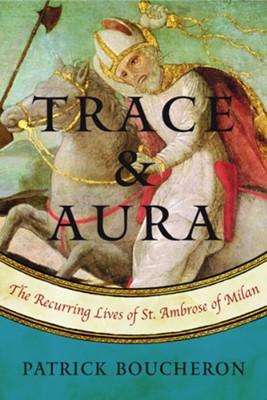
A Changing Saint
St. Ambrose indeed was a strong figure during his days as a bishop. The author points out early in the book that the position and authority of bishop over the Christians of Milan was “foisted” upon him. It was a position he did not want, and for those accounts cited, he fled and did all he could to avoid such an appointment. Alas, he eventually succumbed.Through this event, and Bishop Ambrose’s doctrinal works and correspondences, Boucheron points out that it was the bishop himself who was “the first artisan to fashion Ambrose’s memory.” From there, Boucheron shows how the great saint of Milan was often used for political or religious purposes, and often those two intersected, and in ways that were averse to his true nature.
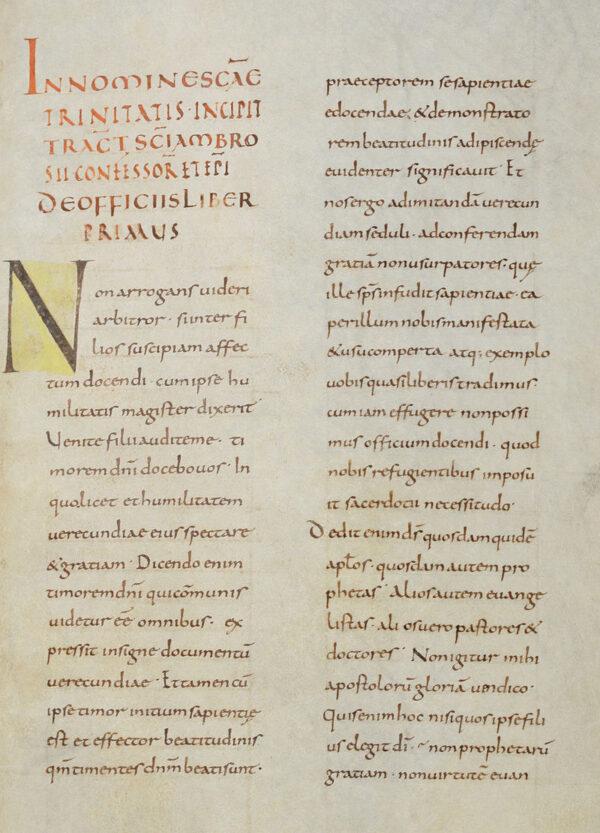
Art and Architecture to Discuss the Saint
Boucheron displays his artistic and historic knowledge as he traverses the centuries discussing architecture, like various basilicas and statues, and moments in Catholic and Italian history. He also discusses the many interactions between factional groups in Italy, often within the same religion, yet possessing varied doctrinal beliefs. These disagreements at times were resolved violently and with the saint, typically depicted through a work of art, at the helm of one of the factions.Whether for good or ill or somewhere in between, Ambrose seems to have been used by whoever thought to use him first. And it was often the right choice: right, in the sense that it proved successful.
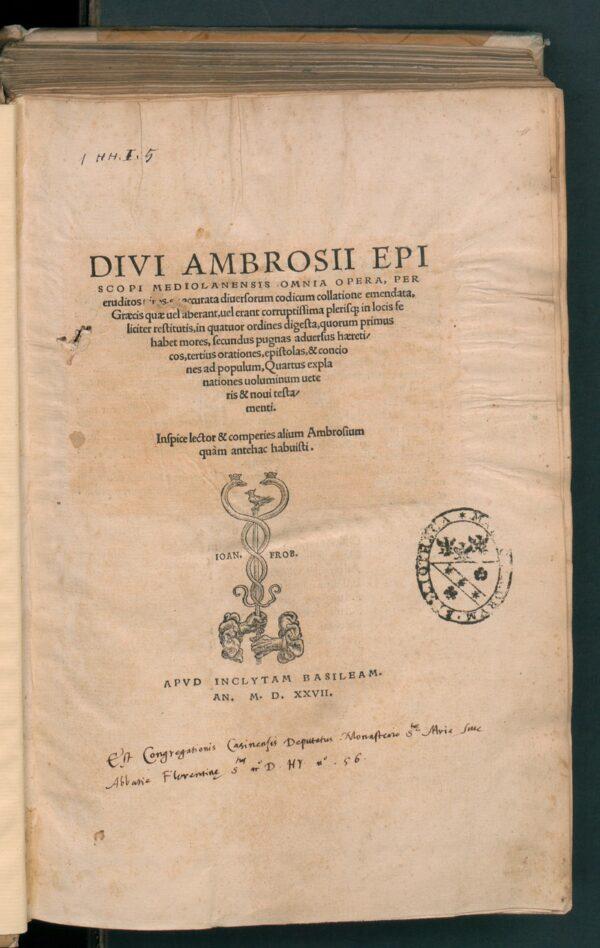
For readers, the book demonstrates how the image of an individual, in this instance a saint, can be construed to fit whatever purpose a group—political, religious, or otherwise—wishes. In an almost comedic sense, the reader may also wonder what the spirit of Ambrose might have thought when watching himself be utilized and manipulated in such ways.
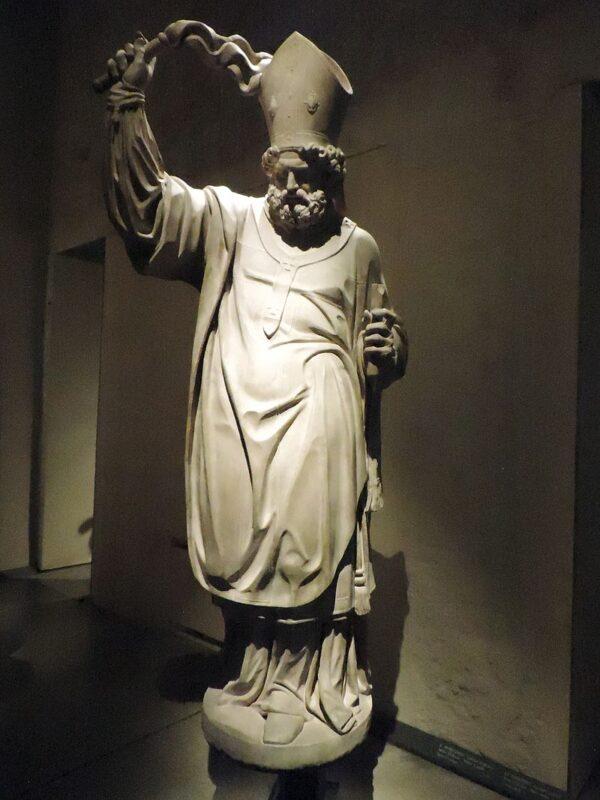

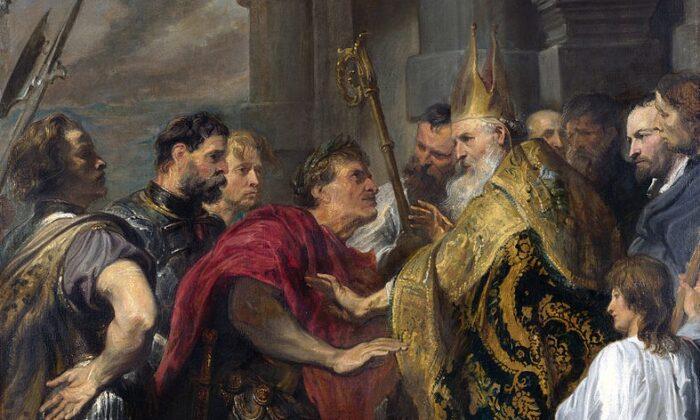

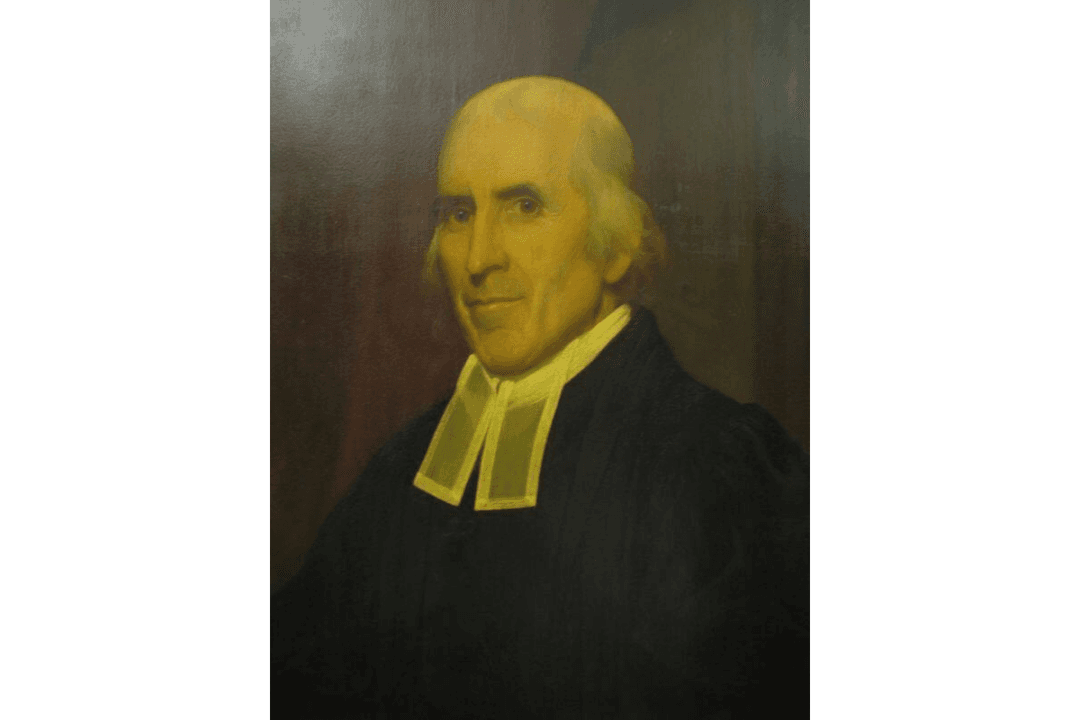



Friends Read Free